Why bone health matters
Our bones support us and allow us to move. They protect our brain, heart, and other organs from injury. Our bones also store minerals such as calcium and phosphorous, which help keep our bones strong, and release them into the body when we need them for other uses.
There are many things we can do to keep our bones healthy and strong. Eating foods rich in calcium and vitamin D, getting plenty of exercise, and having good health habits help keep our bones healthy.
But if we don’t eat right and don’t get enough of the right kinds of exercise, our bones can become weak and even break. Broken bones (called fractures) can be painful and sometimes need surgery to heal. They can also cause long-lasting health problems.
But the good news is that it is never too late to take care of your bones.
Risk factors for bone health
Having a family history of osteoporosis or poor bone health
If your mother, father, or a sibling has been diagnosed with osteoporosis or has experienced broken bones from a minor injury, you are more likely to develop osteoporosis.
Lifestyle factors. These include:
- People who smoke lose bone density faster than nonsmokers.
- Heavy alcohol use can decrease bone formation, and it increases the risk of falling.
- Getting little or no exercise.
- Being small-framed or thin..
- A diet low in foods containing calcium and vitamin D.
Having certain medical conditions.
such as hyperthyroidism or hyperparathyroidism, put you at greater risk for osteoporosis.
Taking certain medicines. Several medicines, such as corticosteroids used for long periods, cause bone thinning.
Having certain surgeries,such as having your ovaries removed before menopause.
- Being of European and Asian ancestry, the people most likely to have osteoporosis.
- Being inactive or bedridden for long periods of time.
- Excessive dieting or having an eating disorder, such as anorexia nervosa.
- Women who have completed menopause have the greatest risk for osteoporosis because their levels of the estrogen hormone drop.
Food for good bone health
- Soy milk (calcium fortified).
- Green leafy vegetables (e.g., broccoli, brussels sprouts, mustard greens,).
- Beans/legumes.
- Poultry such as chicken and Eggs
- Fish
- Shrimp.
- Orange juice.
- Nuts/almonds.
- Dairy products (e.g., milk, cheese, yogurt).
- Nuts and seeds like almonds and sesame seeds
- Omega-3 Fatty Acids
What is Osteoartritis ?
- Osteoarthritis (OA) is a long-term chronic disease characterized by the deterioration of cartilage in joints which results in bones rubbing together and creating stiffness, pain, and impaired movement. The disease most commonly affects the joints in the knees, hands, feet, and spine and is relatively common in shoulder and hip joints. While OA is related to ageing, it is also associated with a variety of both modifiable and non modifiable risk factors, including: obesity, lack of exercise, genetic predisposition, bone density, occupational injury, trauma, and gender.
- Osteoarthritis (OA) is most frequent joint disease with a prevalence of 22% to 39% in India.
- Osteoarthritis (OA) commonly in females above 45 years of age while before 45, it is common in males.
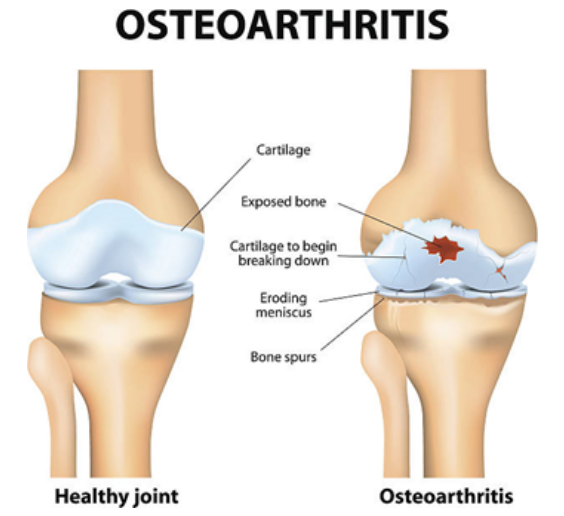
What is Bone Rubbing ?
When cartilage wears down, the bone-to-bone rubbing can produce a number of abnormal sensations. Grating of the joints is common in people with Osteoarthritis (OA). It’s the manifestation of the bones rubbing together. You might also feel or hear your joints clicking or cracking when you move.
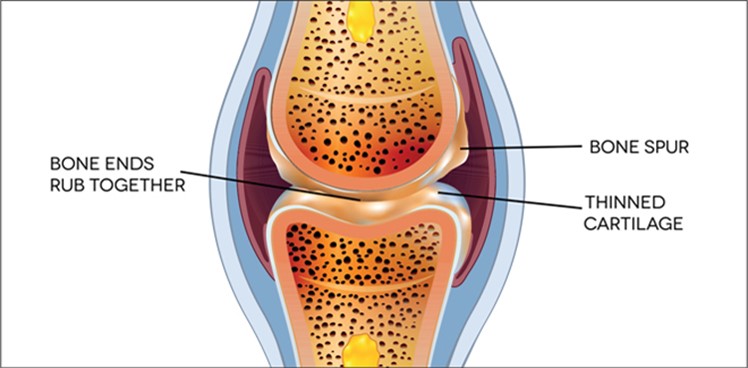
What is Immobility ?
Immobility occurs when cartilage in the joints breaks down and allows bones rub against each other. One can experience arthritis-related pain in any joint in the body, including:
- Shoulders
- Elbows
- Wrists
- Finger knuckles
- Hips
- Knees
- Ankles
- Toe joints
- Spine

What is Swelling ?
Degeneration of the cartilage of the knee joint can result in an overproduction of joint fluid, causing the knee to swell. A swollen knee due to knee osteoarthritis is typically accompanied by pain. joint fluid in the affected knee.
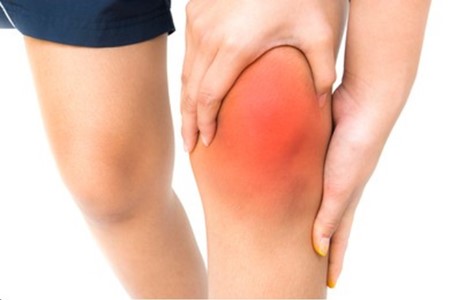
What is Stiffness ?
With Osteoarthritis (OA), your joints may become stiffer and harder to move over time. You may notice a rubbing, grating, or crackling sound when you move the joint. "Morning stiffness" refers to the pain and stiffness you feel when you first wake up in the morning. Stiffness due to OA often lasts for 30 minutes or less. It can last more than 30 minutes if there is inflammation in the joint.

What is Pain?
Pain is an uncomfortable feeling that tells you something may be wrong. It can be steady, throbbing, stabbing, aching, pinching, or described in many other ways. Sometimes, it’s just a nuisance, like a mild headache. Other times it can be debilitating. Pain can bring about other physical symptoms, like nausea, dizziness, weakness or drowsiness. It can cause emotional effects like anger, depression, mood swings or irritability. Perhaps most significantly, it can change your lifestyle and impact your job, relationships and independence. Pain is classified as either acute or chronic. Acute pain is usually severe and short-lived, and is often a signal that your body has been injured. Chronic pain can range from mild to severe, is present for long periods of time, and is often the result of a disease that may require ongoing treatment.

What is Benwel ?
Rose hip extract
Rosehip Extract-
Rose hips have been used for centuries in traditional and folk medicine for their anti-inflammatory and pain-relieving properties. Rosehip extract contains polyphenols and anthocyanins, which are used to ease joint inflammation and prevent joint damage. It’ is also rich in vitamin C, which has antioxidant properties.
Rosehip Antioxidant activity
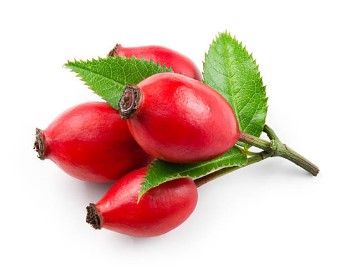 Rosehip is rich in polyphenolic compounds such as proanthocyanidins and flavonoids such as quercetin and catechin.The high phenolic and flavonoid content of rosehips has been observed to correlate with antioxidant activity .This activity includes protective effects against oxidative stress, enhanced activity of antioxidant enzymes such as superoxide dismutase and catalase, and protective effects on gap junction intercellular communication.
Rosehip is rich in polyphenolic compounds such as proanthocyanidins and flavonoids such as quercetin and catechin.The high phenolic and flavonoid content of rosehips has been observed to correlate with antioxidant activity .This activity includes protective effects against oxidative stress, enhanced activity of antioxidant enzymes such as superoxide dismutase and catalase, and protective effects on gap junction intercellular communication.
Rosehip Anti inflammatory activity
It reduces osteo arthriatis associated pain by inhibiting IL-1 alpha,and IL-1 beta induced interleukin-1 alpha and interleukin-8 in chondrocytes.
Boswellia serrata extract
Boswellia serrata extract –
Boswellia serrata is a tree of moderate height, which grows in hilly areas of India. The therapeutic value of dried resinous gum (guggulu), derived from tapping the Boswellia tree has been known since antiquity. Boswellia serrata has multiple benefits such as it is used in treatment brain injury, osteoarthritis, rheumatoid arthritis, joint pain, swelling of the fluid-filled pads in the joints, and swelling of tendons (tendonitis).
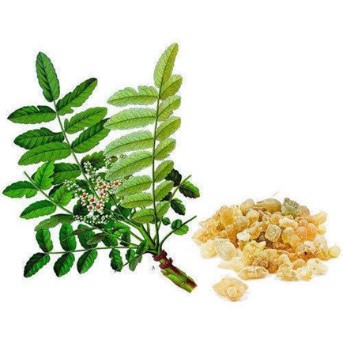
Boswellic acids, the active compounds in Boswellia serrata gum resin extract, are potent anti-inflammatory agents and are specific nonredox inhibitors of 5-Lipoxygenase (5-LOX).
Gum resin extracted from Boswellia serrata posses good anti-inflammatory, anti-arthritic and analgesic activity, significantly reducing the total WBC count in the joint fluid, restoring the integrity of blood vessels by spasm or internal damage
Its decrease the glycosaminoglycan degradation which helps to keep the cartilage in good
condition. This might be responsible for the recovery of the patients in OA and might stop progression of this condition.
Its relieves joint pain. Reduced joint swelling and stiffness, increased joint flexion and walking distance by inhibiting TNF alpha induced MMP3 expression and protected against IL-1Beta induced chondrocyte death
Devil’s claw
Devil’s claw –
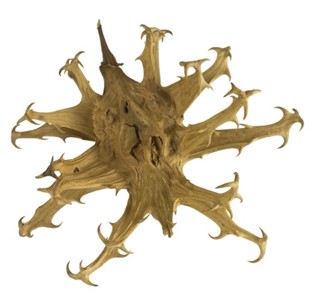 This plant gets its name from the appearance of its fruit, which is covered with hooks meant to attach onto animals in order to spread the seeds. The roots and tubers of the plant are used to make medicine.Devil’s claw, scientifically known as Harpagophytum procumbens, is a plant native to South Africa. It owes its ominous name to its fruit, which bears several small, hook-like projections.Traditionally, the roots of this plant have been used to treat a wide range of ailments, such as fever, pain, arthritis, and indigestion. devil’s claw contains iridoid glycosides, particularly harpagoside. a class of compounds which has demonstrated anti-inflammatory effects. Recent data provide evidence that Harpagophytum extracts have a broad mechanism of action by interacting with both the cyclo‐oxygenase‐ (COX) and lipoxygenase‐mediated pathways of the arachidonic acid cascade as well as with the release of cytokines.
This plant gets its name from the appearance of its fruit, which is covered with hooks meant to attach onto animals in order to spread the seeds. The roots and tubers of the plant are used to make medicine.Devil’s claw, scientifically known as Harpagophytum procumbens, is a plant native to South Africa. It owes its ominous name to its fruit, which bears several small, hook-like projections.Traditionally, the roots of this plant have been used to treat a wide range of ailments, such as fever, pain, arthritis, and indigestion. devil’s claw contains iridoid glycosides, particularly harpagoside. a class of compounds which has demonstrated anti-inflammatory effects. Recent data provide evidence that Harpagophytum extracts have a broad mechanism of action by interacting with both the cyclo‐oxygenase‐ (COX) and lipoxygenase‐mediated pathways of the arachidonic acid cascade as well as with the release of cytokines.
Devil’s claw alleviates pain in Osteo Arthritis patients by inhibiting release of TNF alpha , IL-I beta ,IL-6 and PGE2
Chondriotin Sulphate
Chondriotin Sulphate –
Chondroitin sulfate being a natural glycosaminoglycan is found in the cartilage and extracellular matrix. It shows clinical benefits in symptomatic osteoarthritis of the finger, knee, hip joints, low back, facial joints and other diseases due to its anti-inflammatory activity. It also helps in osteoarthritis by providing resistance to compression, maintaining the structural integrity, homeostasis, slows breakdown and reduces pain in sore muscles. It is most often used in combination with glucosamine to treat osteoarthritis. Chondriotin Sulphate is a key role player in the regulation of cell development, cell adhesion, proliferation, and differentiation. Its commercial applications have been continuously explored in the engineering of biological tissues and its combination with other biopolymers to formulate scaffolds which promote and accelerate the regeneration of damaged structure. It is one of the building blocks of cartilage, slows this breakdown.
Methyl Sulphonyl Methane -
Methyl Sulphonyl Methane -
Methyl Sulfonyl methane (MSM) is a chemical found in green plants, animals, and humans. MSM is a water soluble white, odourless, crystalline compound that contains 34% elemental sulfur. Methyl Sulfonyl methane reduces pain, inflammation, and allergic reactions. It also has wound healing, dermatologic, and exercise performance increasing effects. It also has a moderate effect in improving joint pain and swelling as well as general functional well being in people with osteoarthritis.Decreases Joint Pain, which could Improve Your Quality of Life Anti-Inflammatory Effects, Such as Increasing Glutathione Levels Speed up Recovery After Exercise by Reducing Muscle Damage and Stress, Helps Alleviate Arthritis Symptoms by Reducing Pain and Stiffness. It scavenge hydroxyl free radicals as sulfur content rectifies dietary deficiencies of sulfur to improve cartilage foramation.
Glucosamine Sulphate
Glucosamine Sulphate–
Glucosamine is a compound found naturally in the body, made from fructose and the amino acid glutamine. Glucosamine is needed to produce glycosaminoglycan, a molecule used in the formation and repair of cartilage and other body tissues. Since glucosamine production slows with age, some people use glucosamine supplements to fight aging-related health conditions. As it is important component of glycosaminoglycan chains & the production of proteoglycans a major cartilage extracellular matrix protein. In Osteoarthritis (OA) the gradual degeneration of cartilage leads to pain, swelling, and other symptoms. Glucosamine has anti-inflammatory properties. It also has cartilage-protecting effects through a variety of different mechanisms. Taking glucosamine as a nutritional supplement is thought to keep osteoarthritis in check by restoring the body's glucosamine supply and repairing damaged cartilage.
